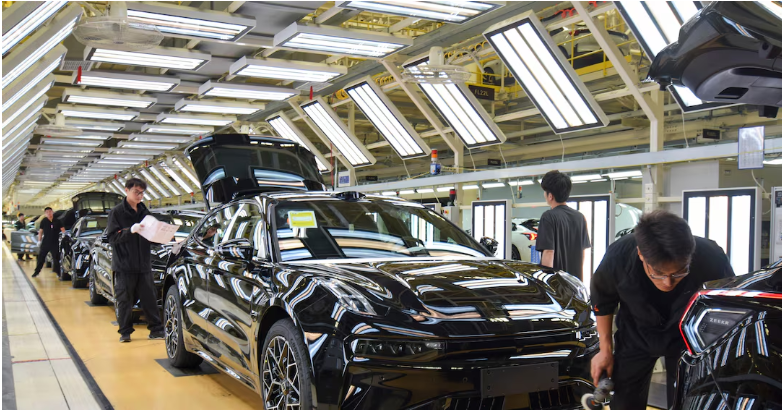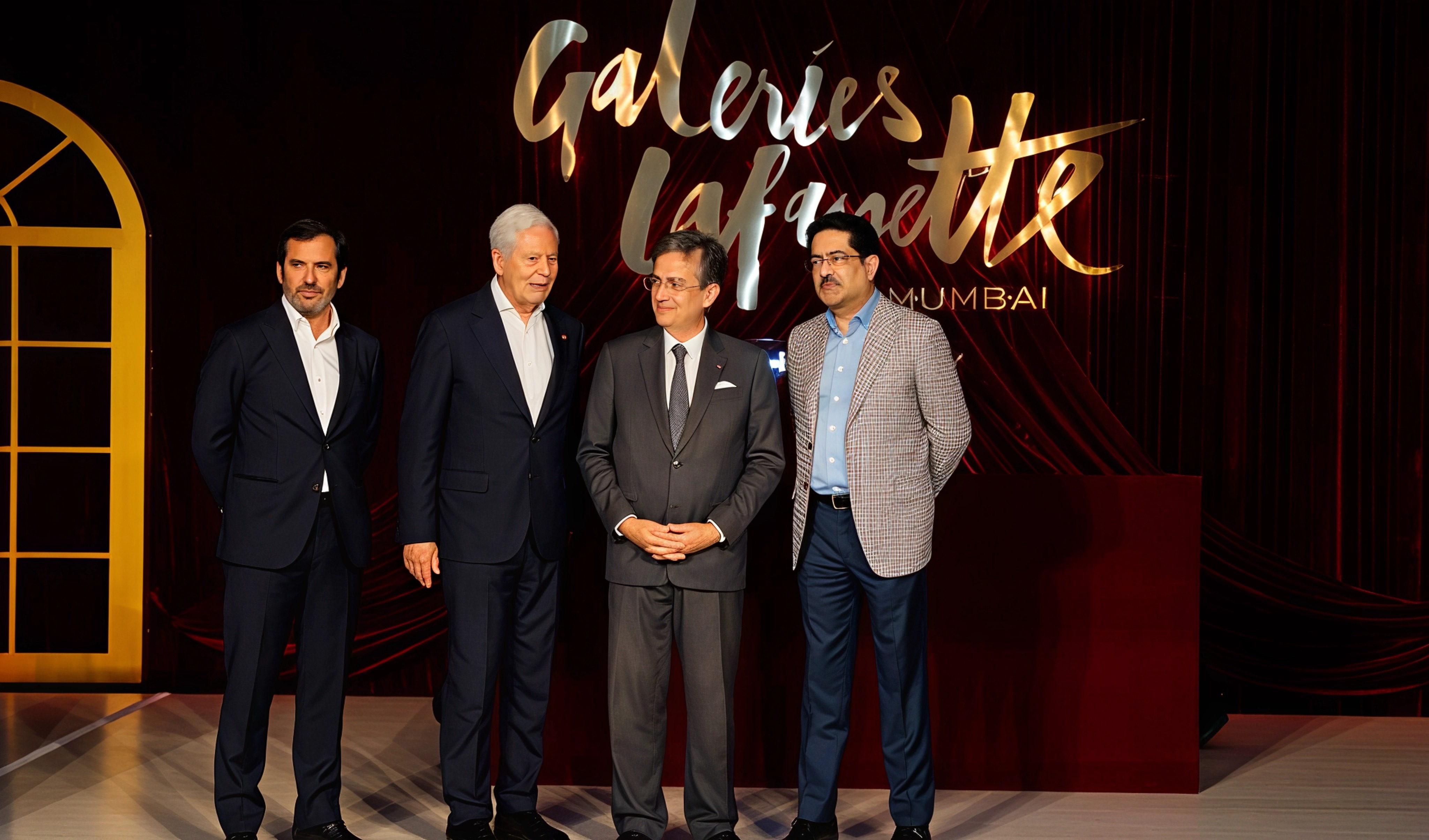Chinese automakers have rewritten the rules of the car industry. Once criticized for copying Western designs, companies like Chery and BYD are now the innovators, racing ahead with record speed development cycles and bold expansion strategies. In just six weeks, Chery modified its Omoda 5 SUV to suit Europe’s rugged roads a task European carmakers would take over a year to complete. This kind of rapid response has become the new normal for Chinese brands, turning traditional auto manufacturing on its head.
What sets these companies apart is their obsession with speed and adaptability. Chery and BYD often complete full model developments in 18 months, while Western counterparts typically take between five to ten years. BYD, in particular, has built an empire on scale and speed. With 900,000 employees and an in house production model that covers everything from chips to batteries, it eliminates supplier delays and slashes costs. At its sprawling Shenzhen campus, engineers live on site, work long hours, and embrace a startup style “fail fast” mentality more reminiscent of Silicon Valley than Detroit.
The payoff is global dominance. In 2024, BYD and Chery saw a 40 percent rise in global sales while Tesla recorded its first decline, largely due to an aging product lineup and controversies surrounding its CEO. Tesla has just five models. BYD, by comparison, launched over 40 brand new vehicles and refreshed more than 130 others during the same period. Its market value may be a fraction of Tesla’s, but in sheer volume, BYD is already leading.
ADVERTISEMENT
The Chinese strategy is radically different. Instead of multiple prototypes and years of testing, brands like Zeekr, a luxury marque under Geely, deploy simulations and AI. At Zeekr’s facilities, design shifts between Shanghai, Hangzhou, and Sweden to ensure near 24 hour development. A “hardware in the loop” setup allows digital testing of car parts in hours, not weeks. Compared to legacy automakers, who build six prototype versions and perform tens of thousands of miles of testing, Chinese companies often build far fewer and rely heavily on digital tools and consumer feedback post launch to improve models.
Even safety ratings are not sacrificed. Euro NCAP crash tests have awarded five star ratings to many Chinese models, countering the long standing perception that China made vehicles lack quality or safety.
Meanwhile, legacy automakers are scrambling to keep up. Volkswagen is working with Xpeng. Toyota has partnered with BYD. General Motors is revising its timelines. But the shift is hard. GM’s Buick is attempting to halve its model development time from four years to two. Toyota engineers, when collaborating with BYD, were stunned at how often and how late BYD would alter designs a practice Toyota traditionally avoids to preserve reliability.
ADVERTISEMENT
Chery, China’s top vehicle exporter, is taking a flexible, platform agnostic approach to international markets. It continues to produce gas, electric, and hybrid models, depending on demand. This flexibility allows it to adapt quickly if a model flops. Its Jaecoo 7, a premium plug in hybrid SUV, is just one example. If it fails in Europe, Chery says it will simply redesign and relaunch the vehicle in under two years.
These tactics are not just disruptive they are becoming the new industry standard. Chinese automakers are flooding the global market not only with competitively priced electric vehicles, but with faster to market products that evolve in real time. And they are doing so at a scale that legacy players are struggling to match. From using AI to cut costs to vertically integrated factories that pump out parts and models at lightning speed, China’s carmakers are reshaping the global auto map.
Despite protectionist moves from the US and Europe, including tariffs and trade barriers, Chinese auto brands continue to march forward. Their vehicles, especially in markets like Southeast Asia, South America, Africa, and parts of Europe, are priced competitively while offering increasingly premium features. This global push is not just about sales, but about establishing influence, brand trust, and consumer loyalty worldwide.
ADVERTISEMENT
With more than 50 million units of manufacturing capacity and dozens of ambitious brands, China’s auto industry is undergoing Darwinian competition internally. But those that survive are poised to dominate the future of mobility not just in China, but across the globe.
Chery’s European plans include new plants and expanded product lines. BYD aims to sell half its cars outside China by 2030. If these goals are met, legacy automakers will face more than just tough competition they’ll be facing an entirely redefined automotive landscape led by companies built not on tradition, but transformation.
Follow Marketing Moves on Instagram and Facebook for more updates on brand strategy, market disruptors, and campaigns redefining the industry.
















